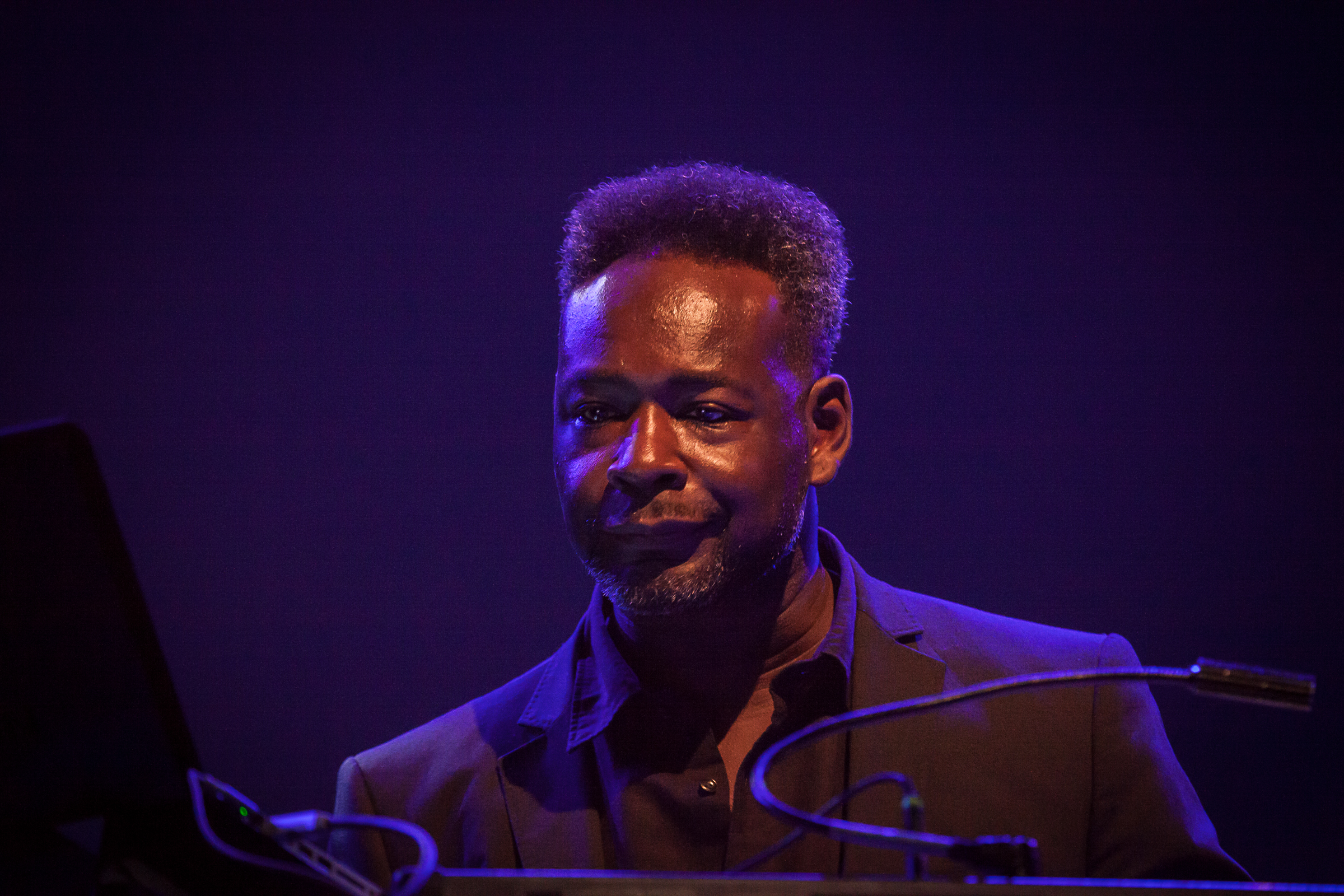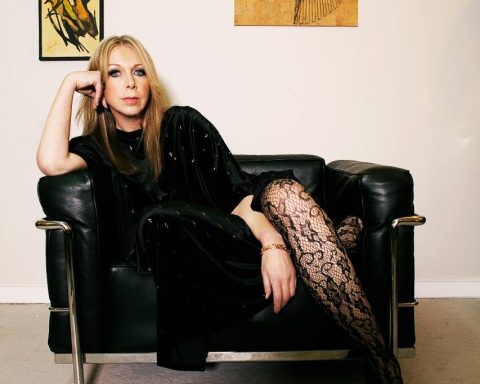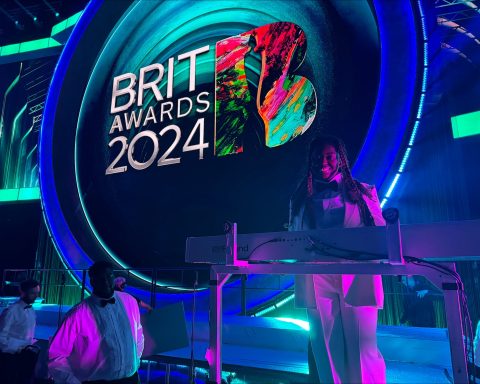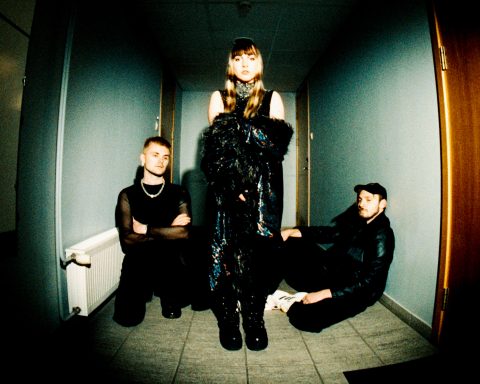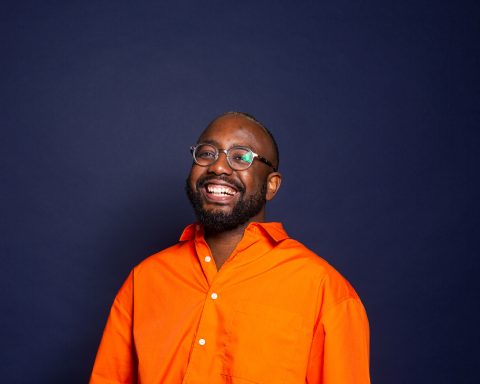An undisputed leviathan in dance music, A Guy Called Gerald is both tastemaker and renegade: an electronic music survivor with uncompromising instinct and tenacity. From pioneering the European acid house frenzy in the late ’80s with “Voodoo Ray” to blueprinting the jungle genre with “Black Secret Technology,” AGCG continually pushes the boundaries of electronic dance music. We caught up with the artist for a history lesson on the TB-303, the Hacienda, and why understanding audience reaction is key to both improvisation and composition.
Do you remember the first time you used a TB-303? Where did you get it, and what was the experience like?
The first time I saw a TB-303 was around 1985. It was advertised as a “Band in a Box” and packaged with a 606. I bought my first one in 1986 for £50 from a secondhand shop called Johnny Roadhouse on Oxford Street in Manchester. The first time I used it was for recording some electro-funk music to cut and scratch over. I was already heavily into synth music from listening to Jean Michel Jarre and Vangelis and anything that was post-punk, new wave, and electro-funk.
Playing the TB-303 was like being given a password from God. I felt like I was involved in this unique sound without having to answer to anything but unbridled creativity. I got so addicted, that people knew me for walking around Manchester with this box around my neck, which looked like a giant Walkman to everyone else, and a pair of headphones.
"Playing the TB-303 was like being
given a password from God."
You’ve discussed “Voodoo Ray” a lot over the years. Can you specifically discuss how the 303 influenced the bedrock of that song and the sound of A Guy Called Gerald?
In those days I used the 303 in a very unique way. I didn’t have the manual initially, so I used it with a more serendipitous approach. I would take the batteries out and put them back in again to reset the memory. In “Write” mode, I would tap out a rhythm, write in a few notes, and press play. There you would have the beginning of a new track. All of the writing I did on the SH-101 and 808 would be direct and conscious—exacting and purposeful. The 303 was the improvisational conductor of the orchestra.
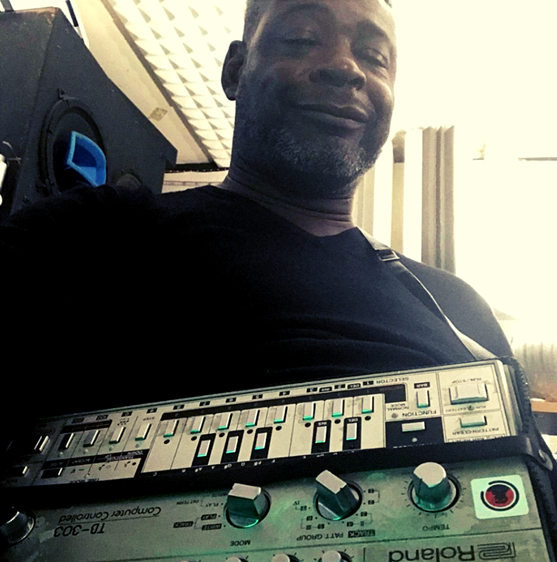
The Hacienda was such a legendary venue overflowing with lore and creativity. As time passes, how does your mind color those memories?
It was a time when anything could happen. There were no set rules. It was a “timeless” time. Things were changing very fast every day. There was an aggregate of different types of music and we were always trying to escape from what people considered normal. We weren’t concerned with what was on the charts or pop music. It was post-jazz and funk.
Studio recording and production began to take precedence over DJing for me, and I would scour the secondhand shops looking for equipment being sold off cheap. The underground dance scene was replete with Roland synths because they were inexpensive and everywhere. Dance music was not the thing it is today. It was a specialist, niche scene. I was happy when I went into my local music store and saw a used 808 drum machine for sale. Those machines changed my entire outlook on music and life.
"Dance music was not the thing it is today.
It was a specialist, niche scene. "

Your music draws from a myriad of styles and cultures—so much so that it’s almost its own language. Was this synergistic approach organic or conscious?
Mixing all my influences was not a conscious decision. In those days we just had black music. It was our escape. We had dub and funk which was one-part Jamaican, and one-part American. When I was making music, I got excited about the sounds and the technology and experimenting and the emotion at the club.
Do you have a particular recording or era of your music that you are most proud of?
I had an era called “Attic Attack.” I was working from my first studio in the attic of my mum’s house. It was a time when I was completely free with no reference or framework to compare myself to. It was completely experimental.
You’re an acclaimed artist in the acid house scene. As A Guy Called Gerald, you blueprinted and influenced the beginnings of drum & bass and jungle, especially through releases on Juice Box Records. Did this evolution come naturally or was it a meticulous process?
I was escaping the repetition of the house beat. In late 1991, I started moving away from what house music was becoming. To do that, I bought a sampler and decided to integrate it into my production process.
I’ve read a lot about your relationship with the audience and its importance to your process. Can you describe how that connection informs your compositions?
An important part of playing live is to keep the composition open so I can compose and improvise on the fly during the actual performance.
What’s next on the horizon for A Guy Called Gerald?
I’m always trying to push my music to a level where it challenges the technology. In 2019, I performed at Vivid – Live at the Sydney Opera House, and I’m also pursuing alternative ways of earning revenue from streaming.
